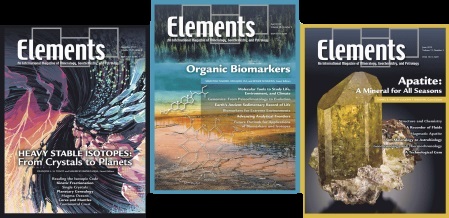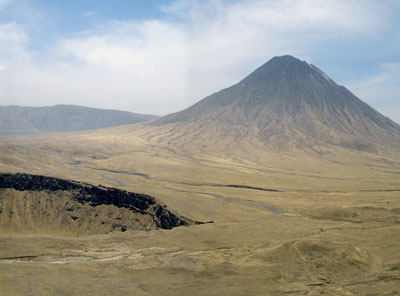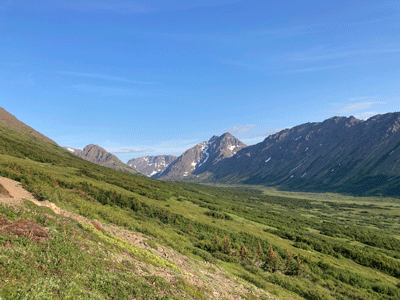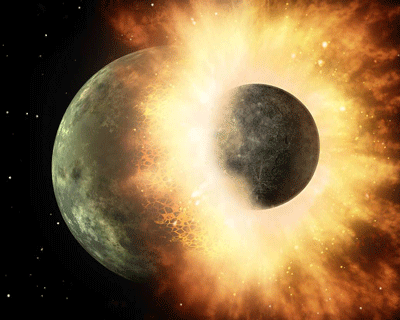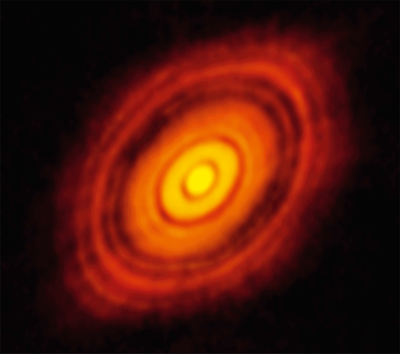Carbonatites: Contrasting, Complex, and Controversial
Carbonatites are unique, enigmatic, and controversial rocks directly sourced from, or evolved from, mantle melts. Mineral proportions and chemical compositions of carbonatites are highly variable and depend on a wide range of processes: melt generation, liquid immiscibility, fractional crystallization, and post-magmatic alteration. Observations of plutonic carbonatites and their surrounding metasomatic rocks (fenites) suggest that carbonatite intrusions and volcanic rocks do not fully represent the true compositions of the parental carbonatite melts and fluids. Carbonatites are enriched in rare elements, such as niobium and rare earths, and may host deposits of these elements. Carbonatites are also important for understanding the carbon cycle and mantle evolution.
Carbonatites: Contrasting, Complex, and Controversial Read More »

